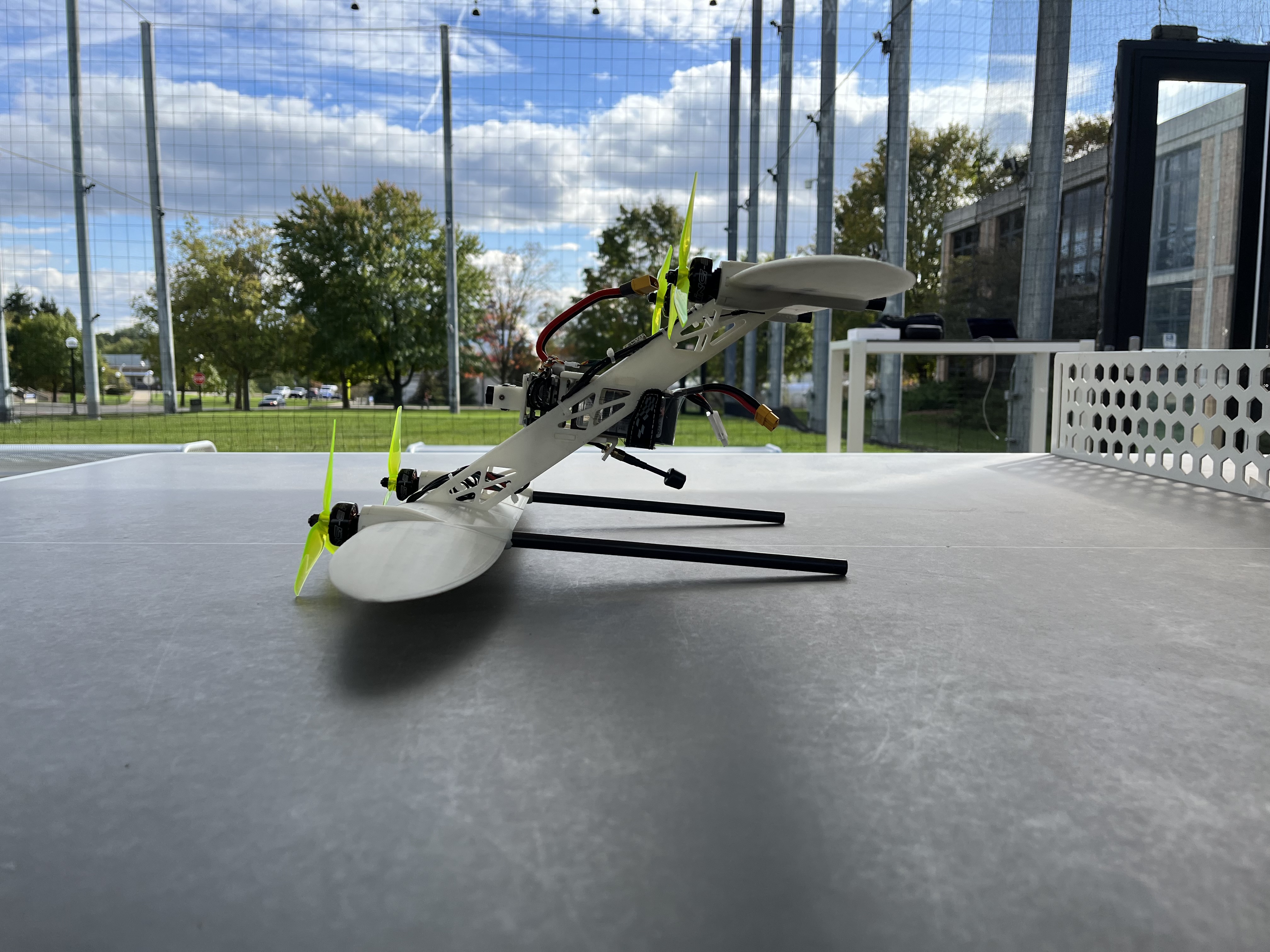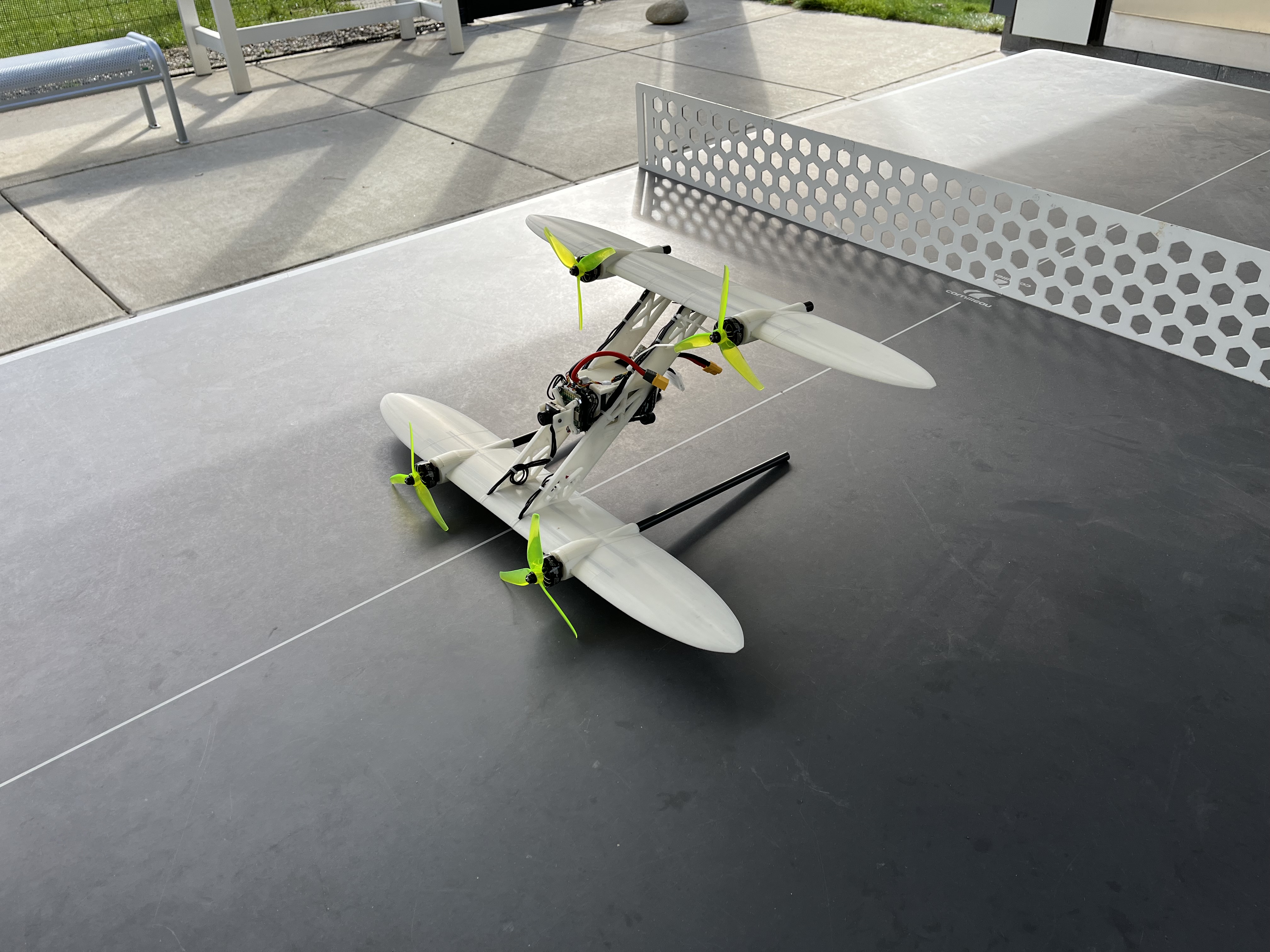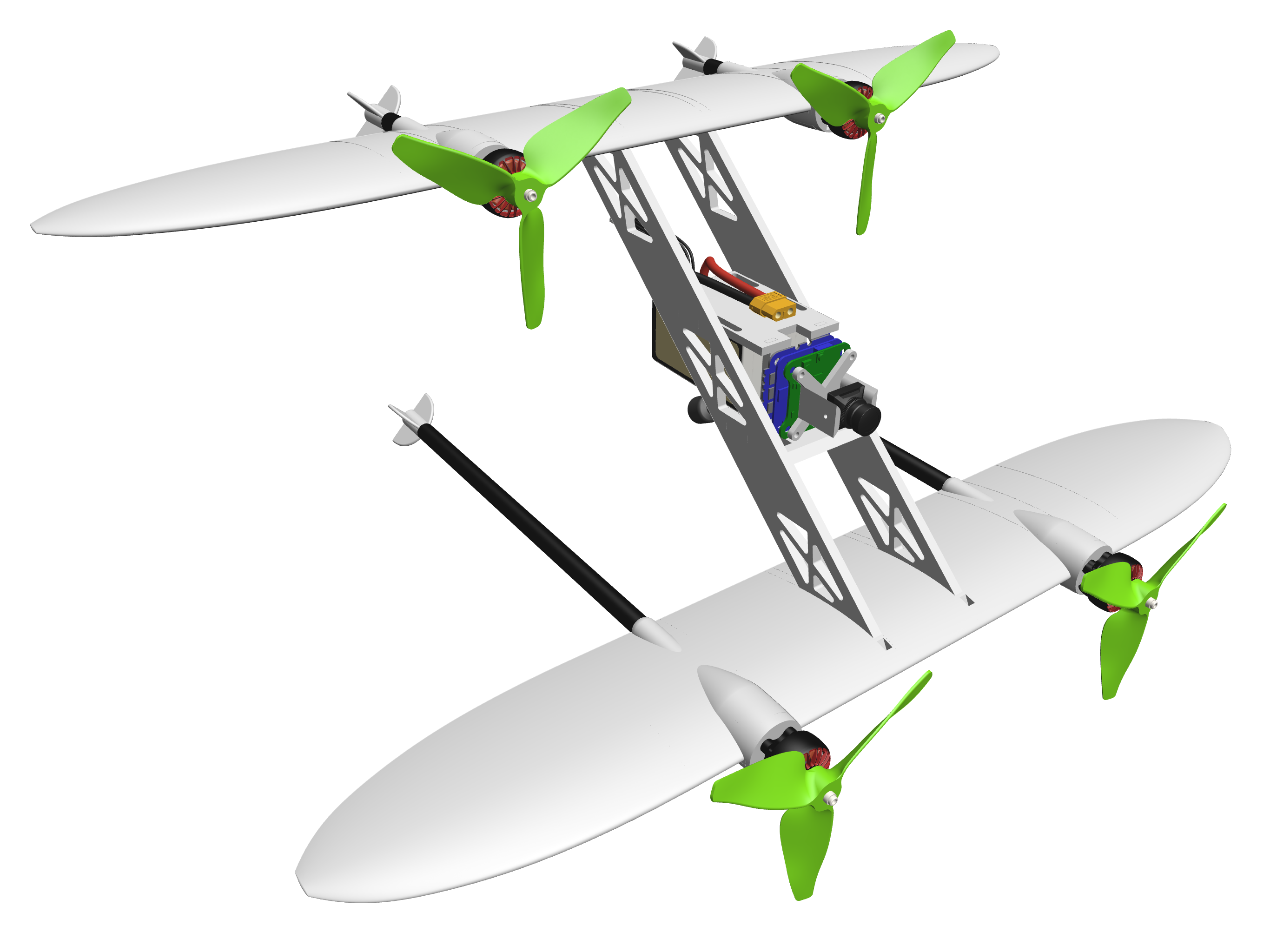- Published on
MD-UAV
- Authors
- Name
- Vinamr Arya
Introduction
In my ongoing exploration of VTOL (Vertical Take-Off and Landing) aircraft, I am currently designing and building a tandem wing VTOL drone. This project serves as an experimental platform to understand the dynamics of a tail-sitting aircraft with two elliptical wings, each equipped with two motors. The prototype is unique in that it is fully 3D printed and assembles without the need for glue or fasteners, except for the motor mounts.
Background
The core idea is to develop a proof-of-concept prototype capable of transitioning from a quadcopter-like vertical takeoff to a more aerodynamically efficient forward flight. The challenge lies in the control system, as the aircraft needs to switch its orientation by 90 degrees during the transition.
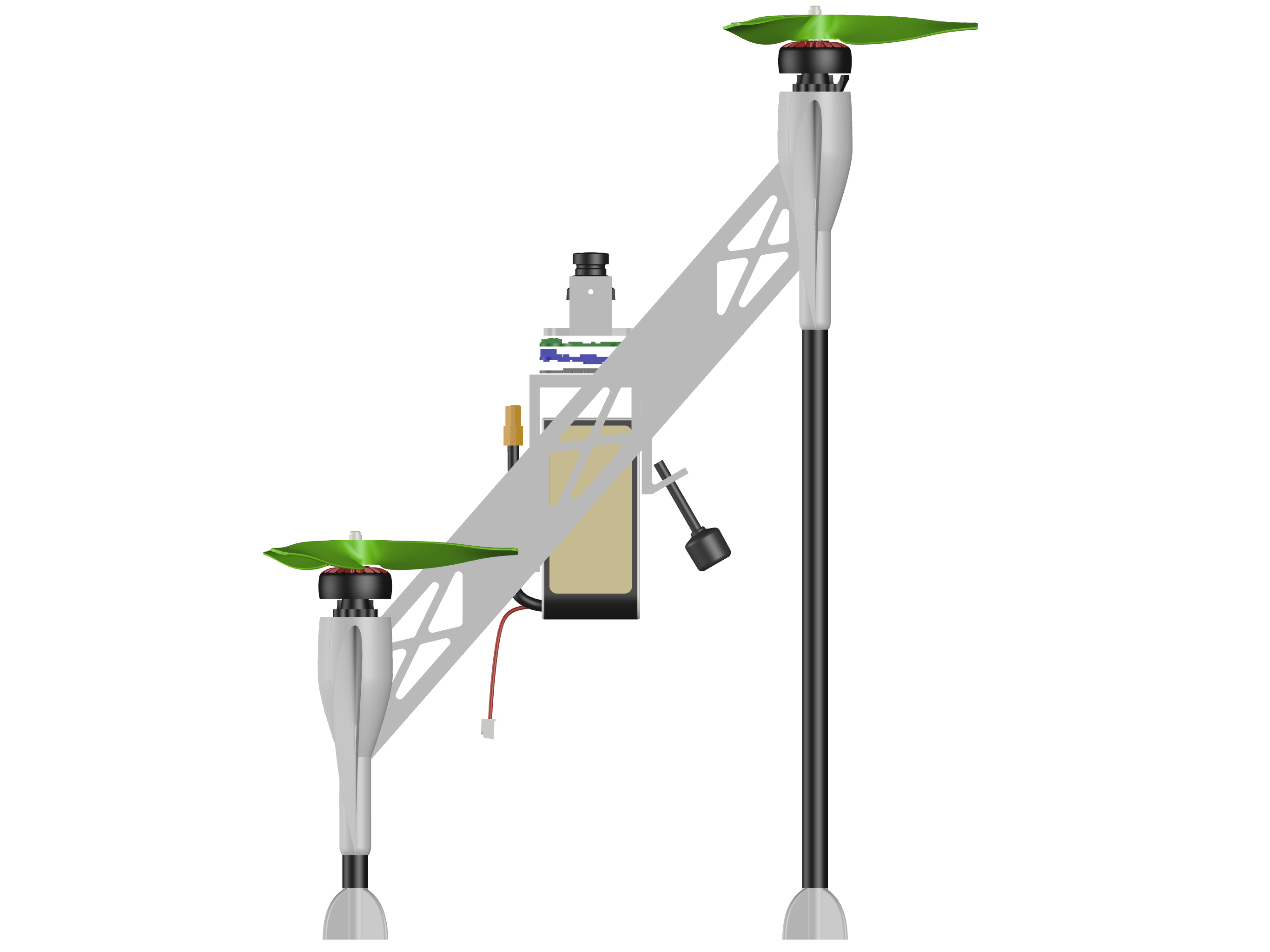
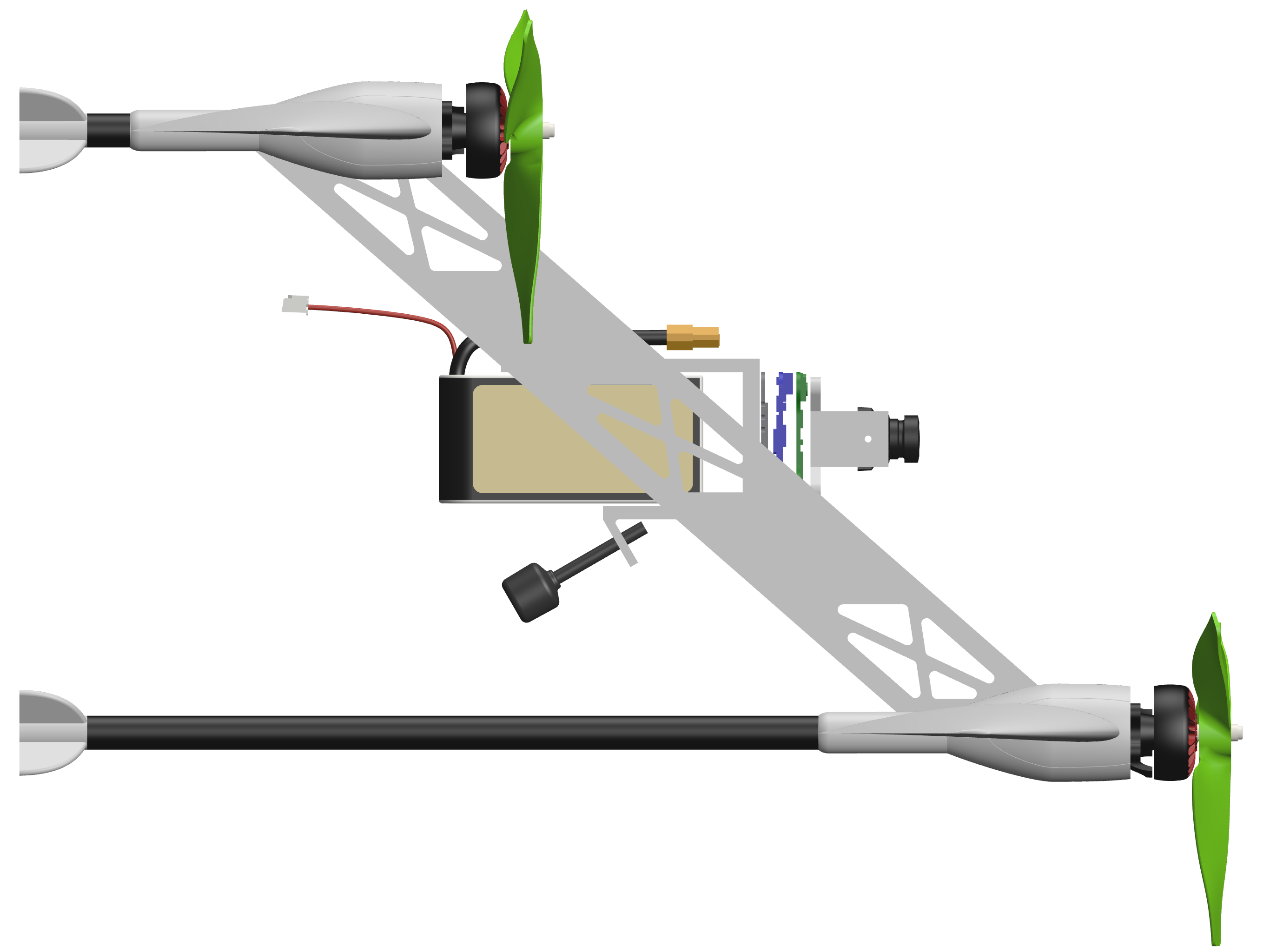
Design and Construction
The aircraft is designed to be modular, with interlocking parts that assemble without any adhesives or fasteners. This approach makes the construction process efficient and environmentally friendly. The aircraft is powered by four Xing E 2207 1800 KV motors and utilizes a 1300 mAh 6S battery for propulsion.
Technical Specifications
- Motor: 4 x Xing E 2207 1800 KV
- Battery: 1300 mAh 6S
- Flight Controller: Betaflight
- Propeller: 5 x 3 x 3
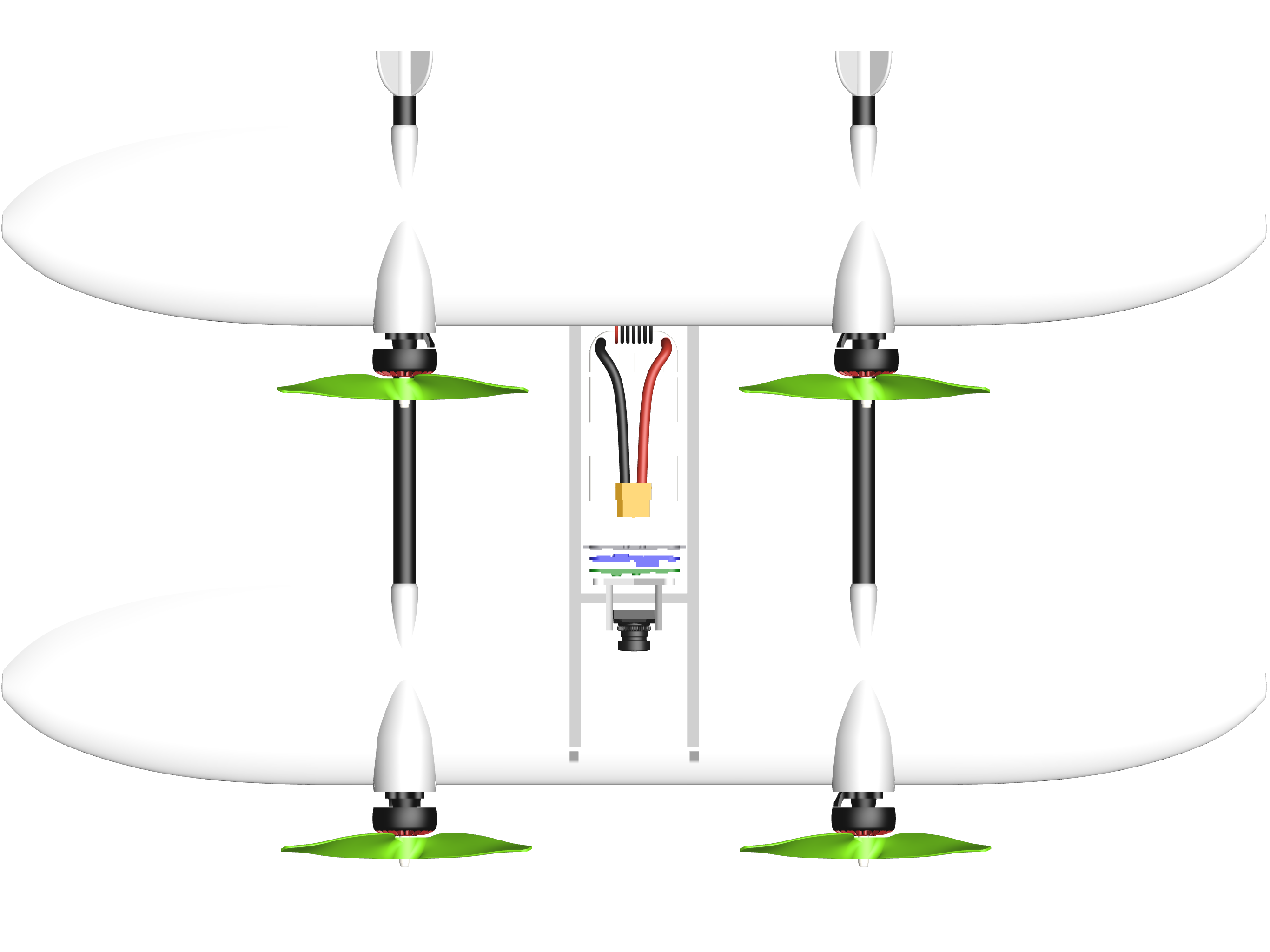
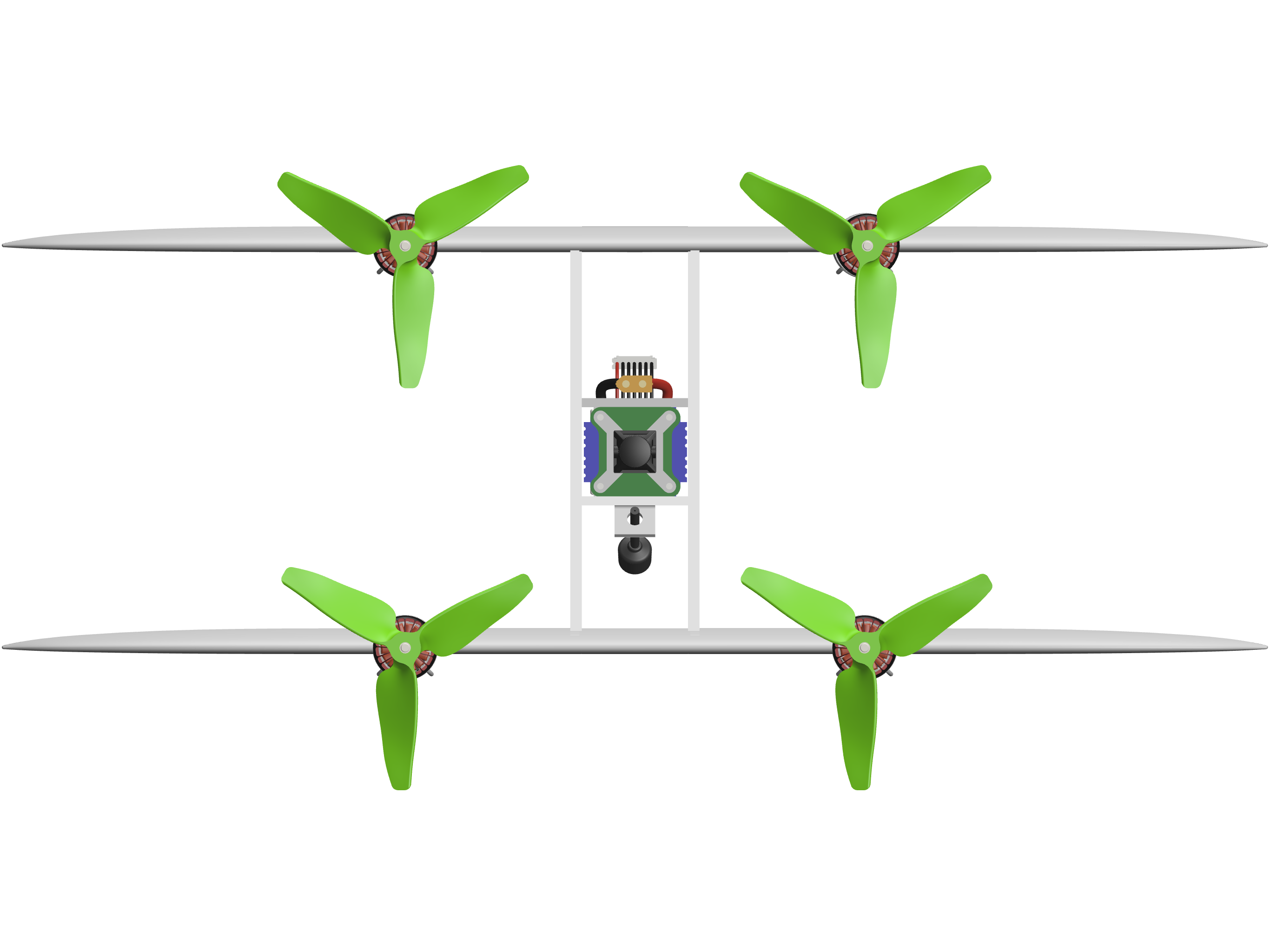
Testing and Tuning
I am currently tuning the aircraft for stabilized (angle) mode. The transition to forward flight is manual at this stage, requiring a build-up of airspeed before pitching forward 90 degrees. One of the challenges I am facing is the swapping of roll and yaw controls during the transition, a limitation due to the current Betaflight setup.
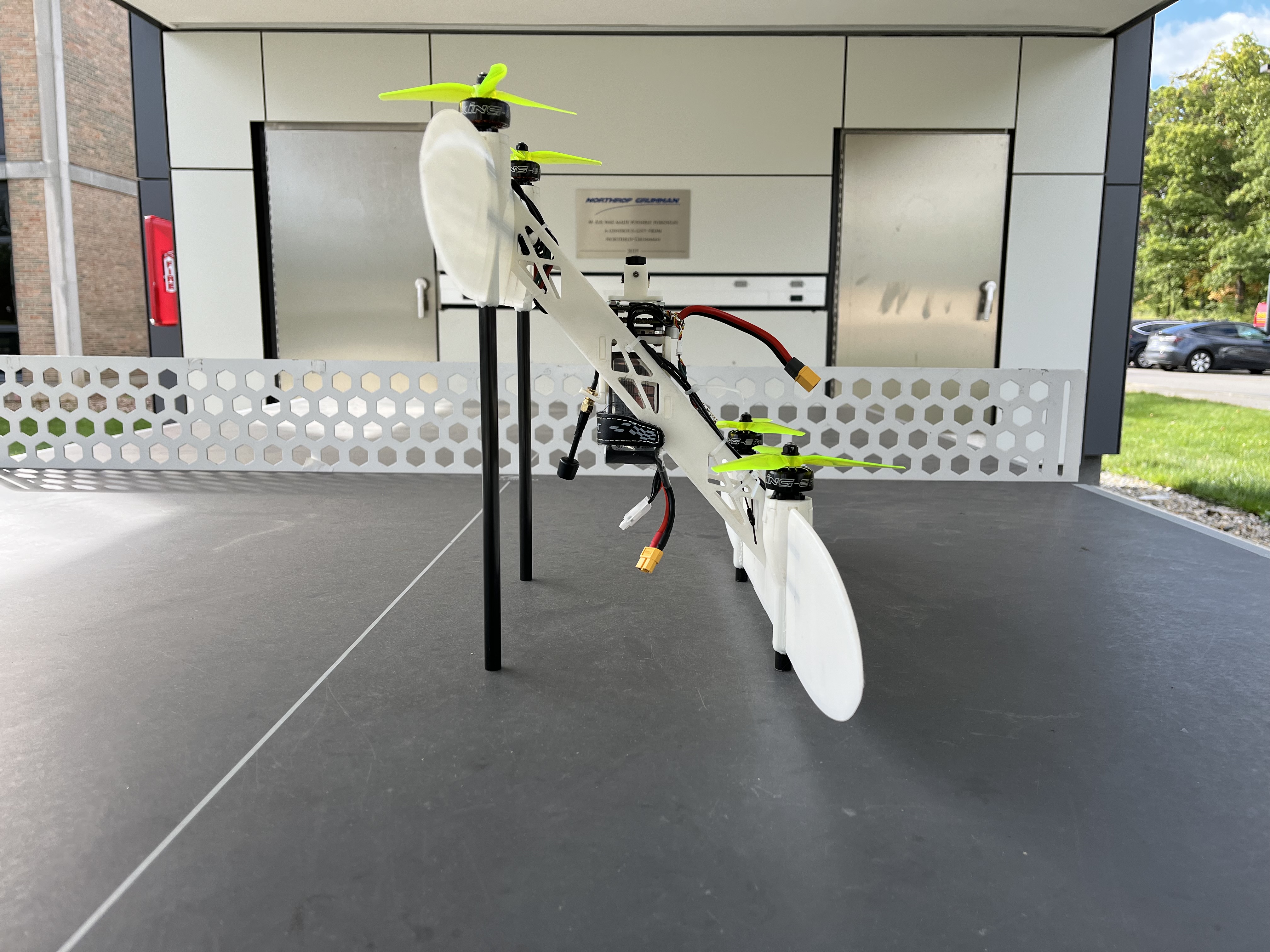
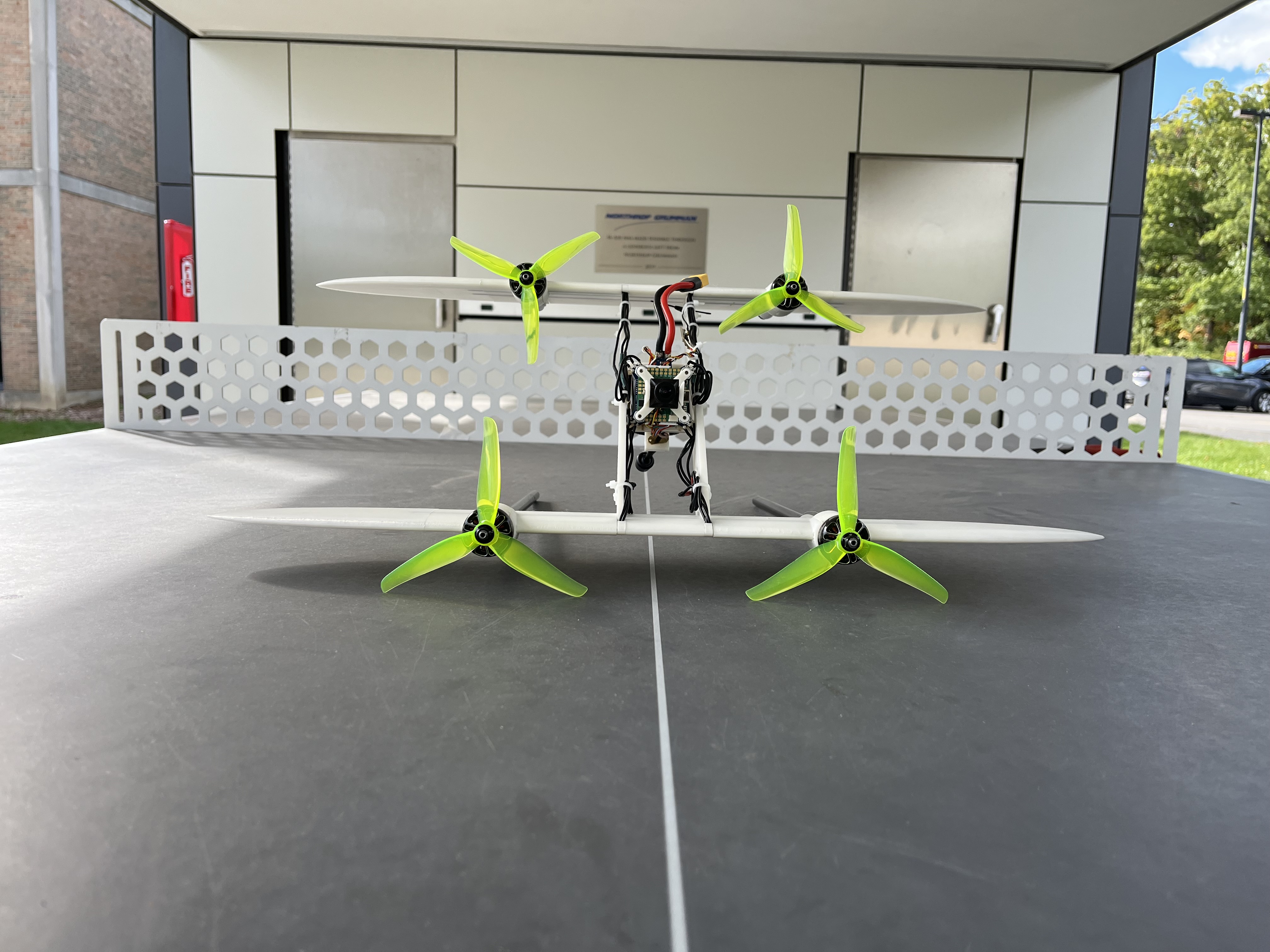
Future Goals
The next steps involve scaling up the design to accommodate more advanced flight control systems and control surfaces. The ultimate aim is to integrate this technology into larger, more capable aircraft that can serve various applications, from delivery to surveillance.
Conclusion
This ongoing project is providing enlightening experiences and valuable insights into the complexities and potential of VTOL aircraft. The prototype serves as a stepping stone for future developments in this exciting field of aerospace engineering.
